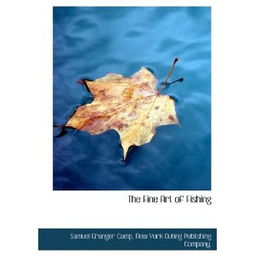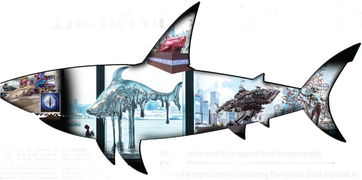Content:
Introduction: Fishing is an ancient and beloved pastime that has been enjoyed by people of all ages and backgrounds. Whether you're a seasoned angler or a beginner looking to get started, mastering the art of fishing can be both rewarding and exciting. In this article, we'll delve into the world of fishing techniques and provide you with a step-by-step video tutorial to help you improve your skills. So, grab your rod and reel, and let's dive into the fascinating world of fishing!
Choosing the Right Equipment: Before you can start fishing, it's essential to have the right equipment. Here's a breakdown of the essential gear you'll need:

- Rod and reel: The rod and reel combination is the backbone of your fishing setup. Choose a rod that matches the type of fishing you'll be doing and a reel that complements your rod's specifications.
- Line: Your line is what connects you to the fish, so it's crucial to select the right type and size. Monofilament, fluorocarbon, and braided lines are the most common choices, each with its unique advantages.
- Lures and baits: Lures mimic the movement of natural prey, while baits are real or artificial food sources. The choice between them depends on the fish you're targeting and the conditions you're fishing in.
- Tackle box: A well-stocked tackle box is a fisherman's best friend. It should contain hooks, sinkers, swivels, leaders, and other essential accessories.
Casting Techniques: Casting is the process of throwing your lure or bait into the water. Here are some fundamental casting techniques to help you improve your accuracy and distance:
- Backcast: Begin by holding your rod with a comfortable grip and bring it back over your head. Swing the rod forward and release the line at the end of the motion.
- Forward cast: Similar to the backcast, but you'll be casting forward instead of over your head. Focus on timing and follow-through to achieve a smooth, accurate cast.
- Roll cast: Ideal for casting in tight spaces, the roll cast involves rolling the line off the rod tip and into the water.
Bait Presentation: Once you've cast your lure or bait, it's time to present it to the fish. Here are some tips to help you do so effectively:
- Tug and twitch: Mimic the natural movement of prey by gently tugging and twitching your lure or bait.
- Deadstick: Allow your lure or bait to drift naturally in the water, mimicking an injured or slow-moving fish.
- Jerk and pause: Combine short, sharp movements with pauses to trigger the curiosity of fish.
Reading the Water: Understanding the water you're fishing in is key to success. Here are some tips to help you read the water:
- Look for fish: Keep an eye out for fish feeding or resting in the water. Observe their behavior and try to mimic it with your lure or bait.
- Identify structure: Rocks, logs, and other underwater structures can be prime spots for fish. Target these areas with your lure or bait.
- Pay attention to weather: Fish are often more active on overcast days or during windier conditions. Adjust your approach accordingly.
Catching and Reeling in Fish: Once you've hooked a fish, it's time to reel it in. Here are some tips to help you land your catch:
- Set the hook: When you feel a bite, quickly set the hook by jerking the rod tip downward.
- Play the fish: Allow the fish to tire itself out by reeling it in slowly and gently. Avoid reeling too fast, as this can exhaust the fish and cause injury.
- Land the fish: Once the fish is close to the boat or shore, net it carefully to avoid injury to both you and the fish.
Conclusion: Fishing is a skill that takes time and practice to master. By following these video tutorials and applying the techniques discussed, you'll be well on your way to becoming a proficient angler. Remember, patience and persistence are key to success on the water. Happy fishing!












